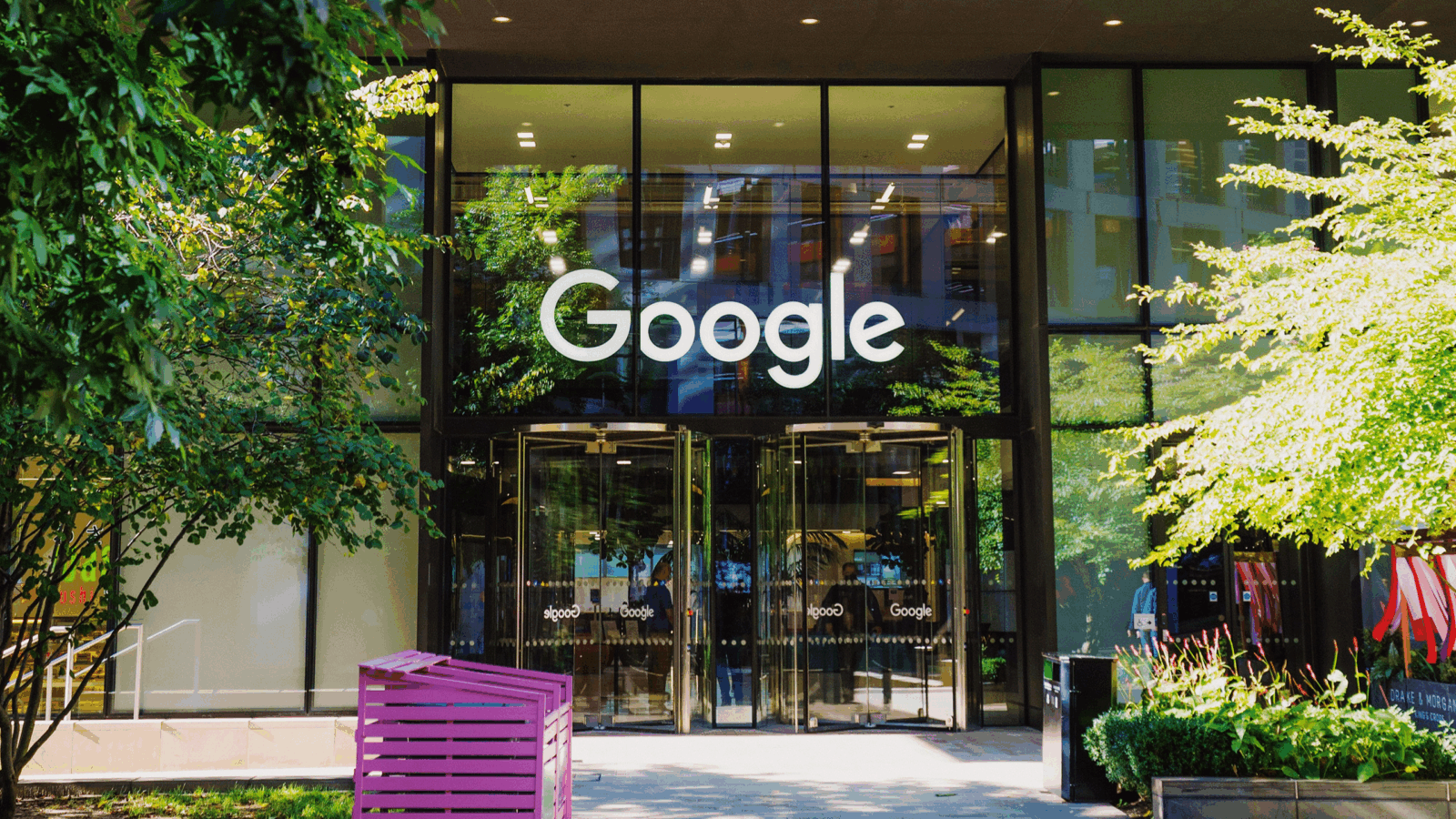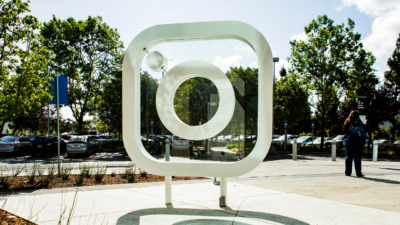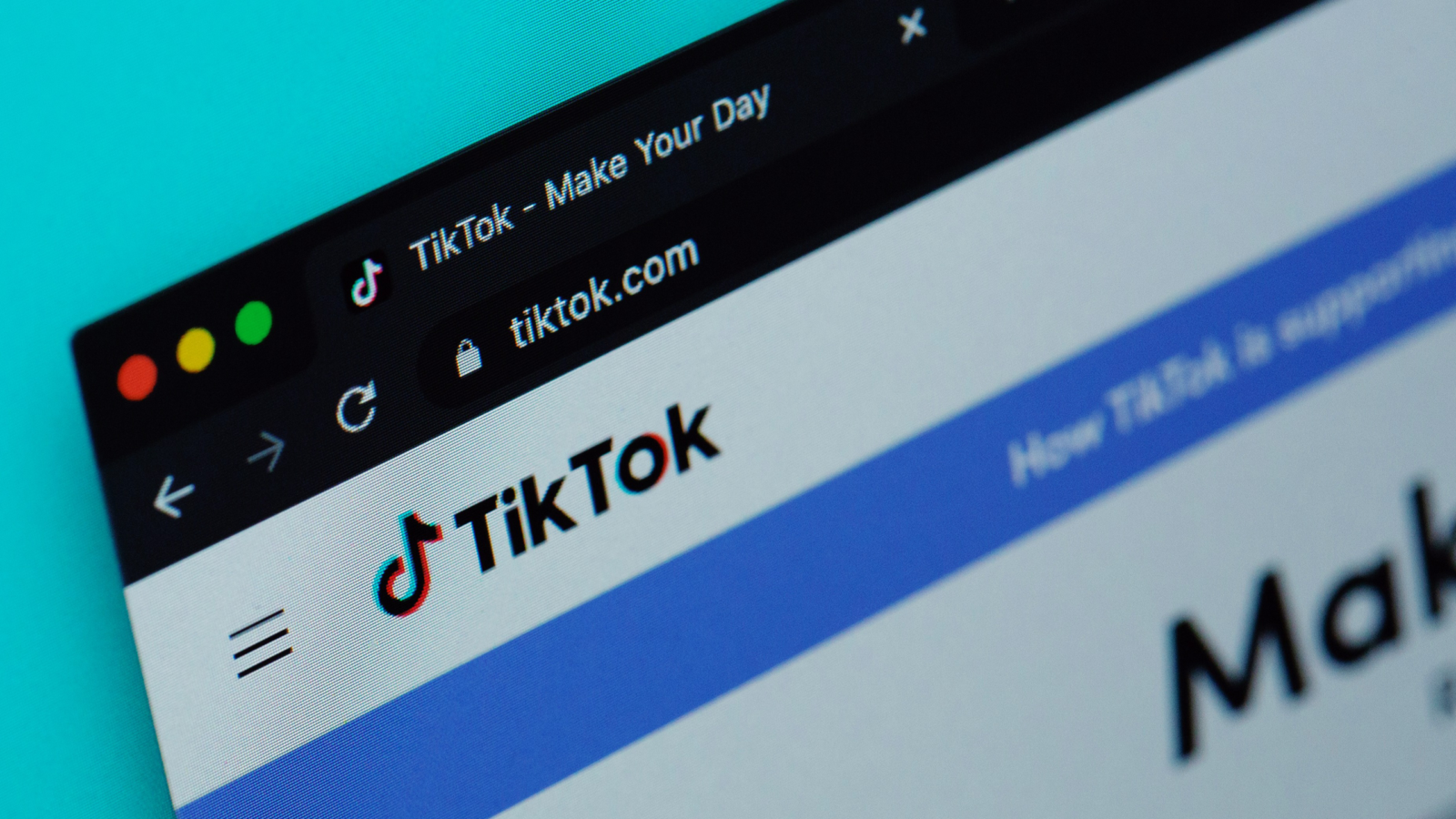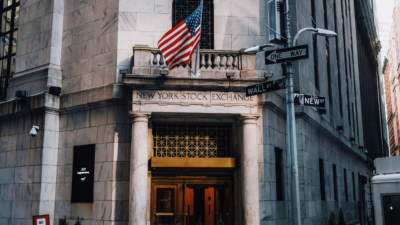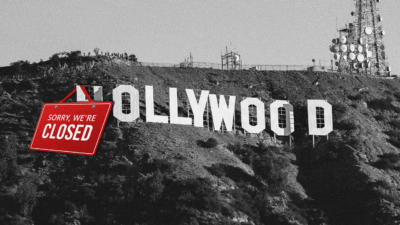Advertising Industry Sweats a Recession-Spurred Pullback
The warnings come as the industry adapts to seismic shifts in technology — which means it may just have some new tricks up its sleeve.

Sign up for smart news, insights, and analysis on the biggest financial stories of the day.
As ever, the ad industry is serving as the canary in the macroeconomic coal mine.
While still chirping for now, industry executives told The New York Times on Wednesday that they’re expecting pressures from the trade war to spark a pullback in ad spending by sometime this summer. The warnings come as the industry adapts to seismic shifts in technology — which means it may just have some new tricks up its sleeve.
Sad Men
Last year, the media and ad industry found plenty of reason for optimism. A PricewaterhouseCoopers report published in July projected that global ad spending would cross $1 trillion in 2026 and continue growing about 7% a year through the following few years.
Now? The mood is “quite somber,” Martin Sorrell, former head of WPP — the world’s largest ad agency, told the NYT. A February survey of ad executives by trade group Interactive Advertising Bureau found a full 60% of respondents are projecting as much as a 10% reduction in ad budgets this year. Still, not all platforms are likely to be affected equally:
- Media analysts at MoffettNathanson project that a recession could cause $45 billion in lost advertising, with promoters shifting from traditional television spots toward direct response channels. Streaming services, meanwhile, may be sensing an opportunity as a recession may spur viewers to downshift into cheaper ad-supported tiers, which tend to be more lucrative; Netflix is hoping to reach critical scale on its ad-supported tier this year, and sees its business as somewhat recession-proof.
- But direct response channels are not equally insulated from economic challenges, either. While search advertising tends to be fairly resilient because it captures an actively shopping consumer, eMarketer analyst Ross Benes told Reuters on Tuesday, social media platforms dependent on Chinese e-commerce companies are likely to be hurt by escalating tariffs. Temu and Shein have already cut average daily spending on social media platforms by 31% and 19% in the past 30 days, according to SensorTower data.
Don DrAIper: The industry does have one major new tool at its disposal that it lacked in previous economic downturns: artificial intelligence, which Big Tech players like Meta have been using to maximize their ad platforms’ capabilities. Advertisers are begrudgingly adopting the tools, according to a recent Wall Street Journal report, and Meta recently said adoption of its AI-powered Advantage+ advertising platform is up 70% year-over-year. “It’s almost like a necessary evil,” one marketing executive of a baby products company told the WSJ.
